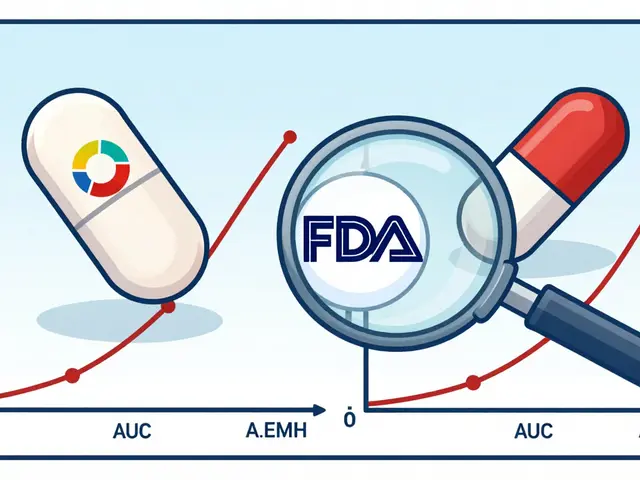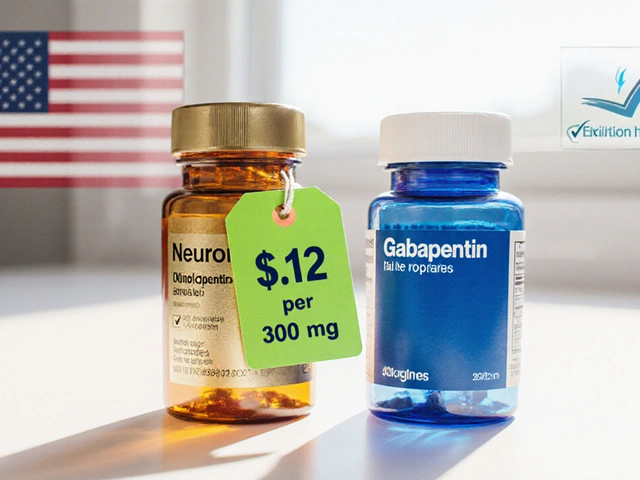Soy Isoflavones – What You Need to Know
If you’ve ever heard people talk about soy helping with hormones or heart health, they’re probably referring to soy isoflavones. These are plant compounds that act a bit like estrogen in the body, which can be useful—or tricky—depending on who’s taking them and why.
What Are Soy Isoflavones?
Soy isoflavones are natural chemicals found in soybeans, tofu, tempeh, and soy milk. The most common ones are genistein, daidzein, and glycitein. When you eat soy foods, your gut bacteria turn these compounds into forms that can bind to estrogen receptors. That’s why they’re called “phytoestrogens.” For many people, this mild estrogen‑like activity helps balance hormones without the stronger effects of prescription drugs.
Research shows soy isoflavones may lower LDL (bad) cholesterol, support bone density, and ease hot flashes during menopause. They also have antioxidant properties that protect cells from damage. But the benefits aren’t guaranteed for everyone; genetics, gut health, and the amount you consume all play a role.
Practical Tips for Using Soy Isoflavones
If you’re thinking about adding soy isoflavones to your routine, start with real foods before reaching for pills. A cup of soy milk or a serving of tofu gives you roughly 20‑30 mg of isoflavones, which is enough for most health goals.
For menopausal relief, studies suggest 50–100 mg per day can reduce hot flashes. You can achieve that with fortified soy drinks or a daily supplement. Just check the label—some products list the total isoflavone content, others only give the amount of genistein.
Avoid overdoing it. Very high doses (over 200 mg per day) might interfere with thyroid medication or hormone‑sensitive conditions like certain breast cancers. If you have a thyroid issue, talk to your doctor before loading up on soy.
Consistency matters more than occasional bingeing. Your gut microbes need time to convert daidzein into the more active form called equol, which only about 30 % of people can produce. Eating soy regularly gives those bacteria a chance to work efficiently.
Finally, watch for hidden soy in processed foods. Many protein bars, veggie burgers, and even some cereals use soy protein isolate, which still contains isoflavones. If you’re aiming for a specific dose, read the ingredient list.






